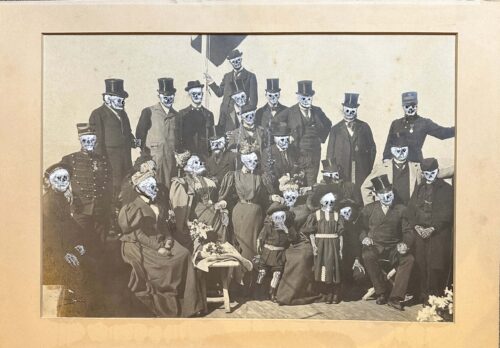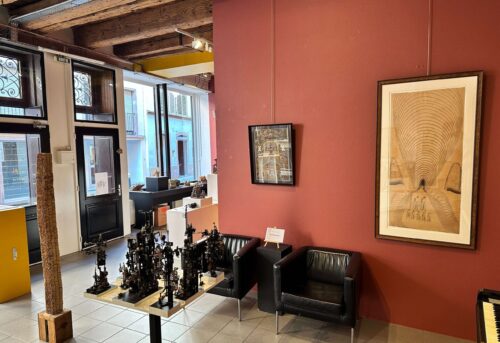Chomo Roger Chomeaux
Chomo Roger Chomeaux
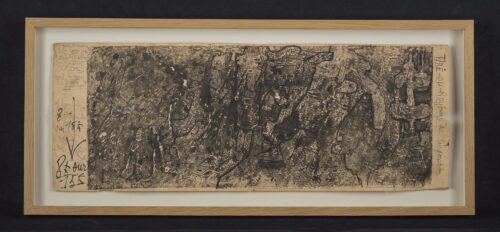
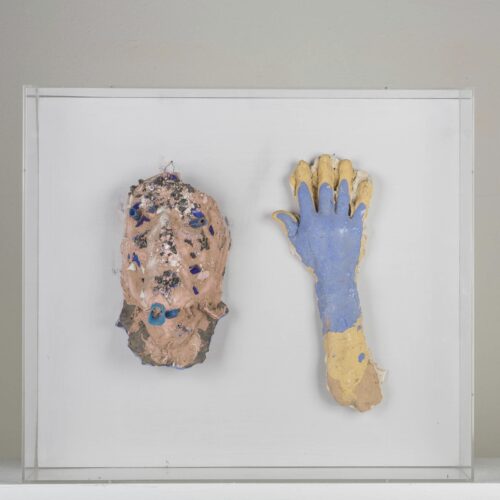
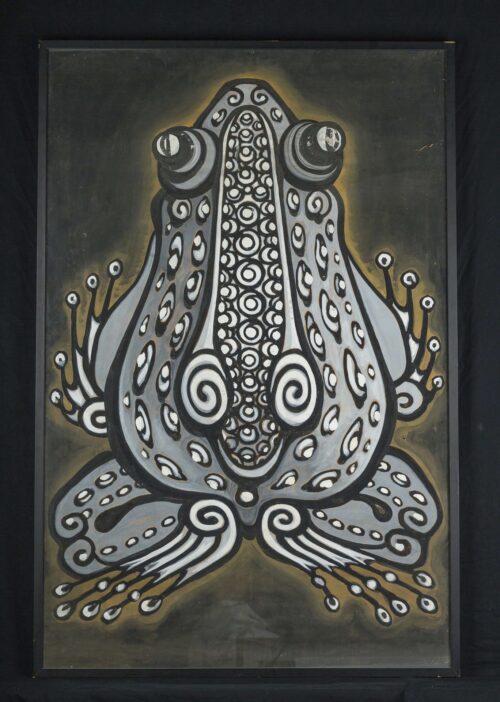
Roger Chomeaux “Chomo” (1907 – 1999)
« Il vivait seul dans la forêt, il a créé des chefs-d’œuvre »
Né le 28 janvier 1907 à Berlaimont, Roger-Edmond Chomeaux dit Chomo a suivi dès 1921 une formation académique à l’école des Beaux-arts de Valenciennes puis, en 1926 il intègre l’atelier de sculpture à l’Ecole Nationale des Beaux-arts de Paris. Cet enseignement plastique confère à l’artiste une grande maîtrise des volumes et un sens artistique d’exception. En 1940, lors de la Seconde Guerre Mondiale, Chomo sera fait prisonnier de guerre dans un stalag en Pologne. Dès son retour en 1941, il trouve refuge dans la forêt de Fontainebleau où son épouse possède un terrain. Il y vivra seul et dans le plus grand dénuement.
C’est alors qu’il s’éloigne de la Figuration réaliste pour laisser place au rêve et à l’imaginaire dans ses créations. Roger-Edmond Chomeaux adopte un mode de vie marginal et consacre sa vie à la création artistique. Afin de protéger ses œuvres, il construit des bâtiments spectaculaires qu’il réalise entièrement avec des matériaux de récupération ou des « matériaux qui respirent » comme il les appelait. Chomo bâtit son univers et lui donne le nom de « Village d’Art Préludien », où plusieurs bâtisses se font face ; l’ « Eglise des pauvres », le « Sanctuaire des Bois Brûlés » et le « Refuge ».
Chomo est un artiste pluridisciplinaire, il est à la fois sculpteur, peintre, architecte, poète, compositeur et même cinéaste. En effet, en 1987, avec l’aide de Clovis Prévost, il réalise un film expérimental, « Le débarquement spirituel – Image de lumière ». Cette réalisation permet de découvrir les œuvres de Chomo sous un nouvel angle, l’artiste se met lui-même en scène entre ses créations qui sont omniprésentes dans ce lieu de vie insolite.
L’artiste milite pour un art populaire, un art pouvant toucher toutes les personnes qu’importe leur milieu social, c’est pourquoi il s’est éloigné du monde marchand de l’art et insistait sur le fait qu’il ne créait pas pour vendre. Cette liberté issue de son mode de vie lui permet la création d’œuvres à caractère intuitif et organique, il développe la technique de bois brûlé ainsi que de plastique fondu, l’artiste explore les matériaux qui sont à sa disposition.
Chomo est l’auteur d’un grand nombre de sculptures et de peintures, mais il a aussi imaginé un langage parallèle, une écriture phonétique qui adopte une certaine poésie. Le « Village d’Art Préludien » est baigné dans les écriteaux reprenant cette poésie dont seul Chomo a le secret.
Il est un artiste total et aura laissé derrière lui un important héritage artistique.
“He lived alone in the forest and created masterpieces”.
Born on January 28, 1907 in Berlaimont, Roger-Edmond Chomeaux, known as Chomo, began his academic training in 1921 at the Ecole des Beaux-arts de Valenciennes, before joining the sculpture workshop at the Ecole Nationale des Beaux-arts de Paris in 1926. This plastic training gave the artist a great mastery of volumes and an exceptional artistic sense. In 1940, during the Second World War, Chomo was taken prisoner of war in a stalag in Poland. On his return in 1941, he found refuge in the Fontainebleau forest, where his wife owned a plot of land. He lived there alone, in the most destitute conditions.
It was at this point that he moved away from realistic figurative art, leaving room for dreams and the imaginary in his creations. Roger-Edmond Chomeaux adopted a marginal lifestyle and devoted his life to artistic creation. To protect his works, he constructed spectacular buildings entirely from recycled materials, or “materials that breathe” as he called them. Chomo built his universe and named it the “Village d’Art Préludien”, where several buildings face each other: the “Eglise des pauvres”, the “Sanctuaire des Bois Brûlés” and the “Refuge”.
Chomo is a multi-disciplinary artist: sculptor, painter, architect, poet, composer and even filmmaker. In 1987, with the help of Clovis Prévost, he made an experimental film, “Le débarquement spirituel – Image de lumière”. The film offers a new perspective on Chomo’s work, with the artist himself staging his creations, which are omnipresent in this unusual living space.
The artist advocates popular art, art that can touch people from all walks of life, which is why he has distanced himself from the commercial art world, insisting that he does not create to sell. This freedom, which stems from his lifestyle, enables him to create works of an intuitive and organic nature, developing the technique of burnt wood and melted plastic, as the artist explores the materials at his disposal.
Chomo is the author of a large number of sculptures and paintings, but he has also devised a parallel language, a phonetic script that adopts a certain poetry. The “Village d’Art Préludien” (Preludian Art Village) is bathed in the poetry that only Chomo knows.
He is a total artist and has left behind him an important artistic legacy.

